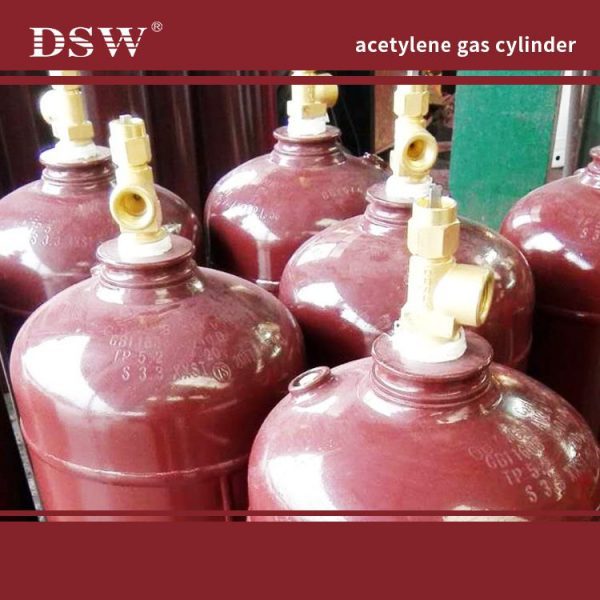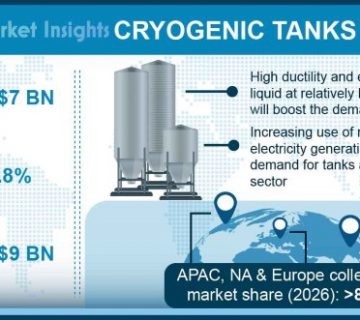Gas Cylinder Safety and Testing
Compressed gases are stored in heavy-walled metal cylinders designed, produced, and tested specifically to store compressed gases.
Each cylinder may be in various states: compressed gas, vapor over liquid, supercritical fluid, or dissolvable substrate material, depending on their physical characteristics.
Cylinders should typically be retested every five to ten years and stamped with the date of each test.
List of procedures for periodic gas cylinder inspections and tests
Each cylinder shall be submitted to regular inspections and tests. The following guidelines, where applicable, form the requirements for such inspections and tests and are explained more fully in later clauses:
1. identification of cylinder and preparation for inspection and tests (Clause 5);
2. depressurization and de–valving (Clause 6);
3. external visual inspection (Clause 7);
4. check of internal condition (Clause 8);
5. supplementary tests (Clause 9);
6. inspection of cylinder neck (Clause 10);
7. pressure test or ultrasonic examination (Clause 11);
8.inspection of the valve and other accessories (Clause 12);
9. replacement of cylinder parts (Clause 13);
10. cylinder repairs (Clause 14);
11. final operations (Clause 15);
12. rejection and rendering cylinder unserviceable (Clause 16).
It is recommended that the procedures a) to l) be performed in the sequence listed. In particular, the check of the internal condition [d)] should be carried out before the pressure test or before the ultrasonic examination [g)].
Cylinders that fail an inspection or test shall be rejected (see Clause 16). Where a cylinder passes the above-listed procedures but the condition of the cylinder remains in doubt, additional tests shall be performed to confirm its suitability for continued service (see Clause 9), or the cylinder shall be rendered unserviceable.
Some cylinders may be recovered depending on the reason for rejection (see Annex B).

Safety Precautions
When using compressed gas cylinders, the following precautions shall be followed at all times:
Only appropriately trained employees should handle and use compressed gas cylinders.
Cylinders shall never be used as rollers, supports, or for any purpose other than holding and dispensing their contents as received.
Employees and other personnel shall keep all open flames and heat sources away from medical oxygen tanks, oxygen machines or concentrators, and oxygen tubing.
Repair or alteration of compressed gas cylinders is prohibited.
Cylinders must not be placed where they could become part of an electrical circuit, and when used for electric welding, they should never be grounded or used as grounding sources.
Compressed gas containers must never be exposed to extreme temperature conditions or fire; should this occur, please notify your supplier immediately.
All tubing must be periodically examined to ensure its integrity, with any damaged, cracked, or missing pieces being immediately taken out of service until either repaired or replaced by the manufacturer. When containers or valves become noticeably dented, cut, rusted, or damaged in an accident, notify their supplier.
Gases should never be transferred from one compressed gas cylinder to another or attempted to be transferred between disposable gas cylinders; refilling or reusing these violates U.S. Department of Transportation regulations and should never occur.

Hydrotesting
Hydrostatic testing entails purging any residual gas from a cylinder, removing its valve, filling it with water, placing the cylinder into a sealed environment, applying pressure greater than service pressure for an agreed-upon period (usually 30 seconds), then releasing and measuring expansion (both permanent and elastic), before emptying and drying out the cylinder before performing an internal visual inspection, stamping it, and installing an acceptable valve (usually its predecessor unless thread count specifications differ or service changes have been completed).
An ultrasonic test involves placing the cylinder in an ultrasonic machine and testing it under ideal circumstances (exterior in good condition, empty of any liquified gases, and closed valve).
DSW Is your one-stop shop for steel, aluminum, composite, and industrial gas tank repairs and services.
Our state-of-the-art testing and maintenance procedures enable us to keep cylinders performing like new.
Some of the services we offer include:
Maintenance
Hydro-testing
Cylinder valve replacements
Shot-blasting
Gas service changes
The gas cylinder inspections and tests
shall be carried out only by persons competent and authorized under the relevant regulations.
The mechanical properties of steel cylinders may be affected by heat exposure. Therefore, the manufacturer’s recommendation limits the maximum temperature for any operation.











No comment